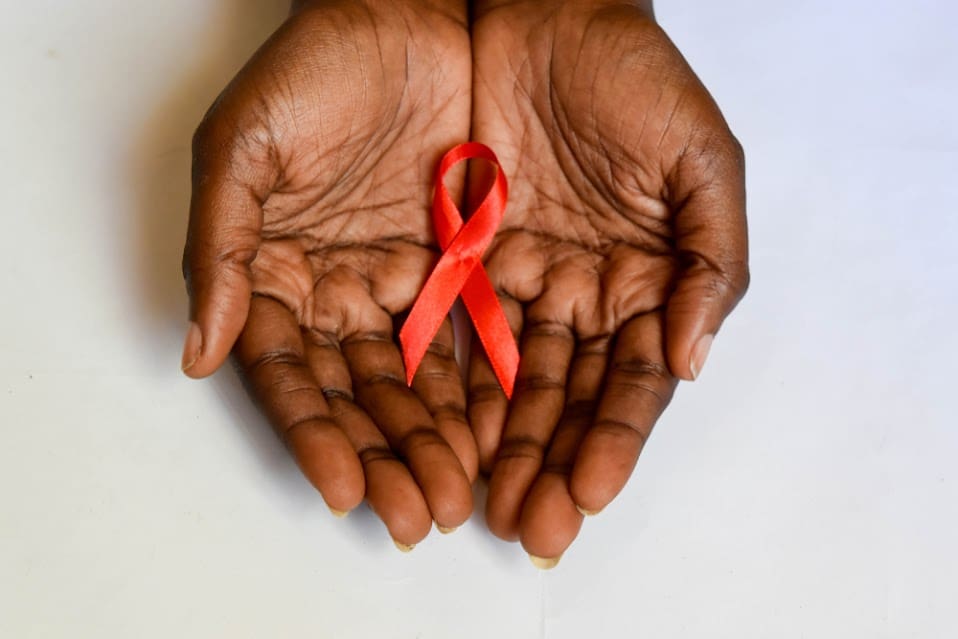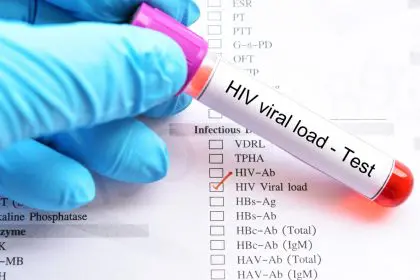Let’s be real. When it comes to HIV, there’s a whole universe of misinformation floating around out there. From playground whispers to social media posts, these myths aren’t just annoying—they’re downright dangerous. They keep people from getting tested, starting treatment, and living their fullest lives.
The good news? We’ve come ridiculously far in understanding HIV prevention and treatment. The bad news? Most people are still operating on information from the 1980s. It’s like trying to use a flip phone to run Instagram—things have changed dramatically, and it’s time our understanding caught up.
The “it can’t happen to me” delusion
This might be the most dangerous myth of all—the belief that HIV only affects “other people.” You know, not people like you.
HIV doesn’t care about your relationship status, income bracket, or the neighborhood you live in. It’s an equal opportunity virus that can affect anyone who engages in certain activities, regardless of who they are or how they identify.
The reality check we all need? About 13% of people living with HIV don’t even know they have it. They’re not all who you might expect. They’re college students, married couples, seniors dating again after losing a spouse, and everyday people who simply never thought they needed to get tested.
This isn’t about fear-mongering. It’s about recognizing that HIV prevention belongs in everyone’s health conversation, not just certain groups. When we perpetuate the myth that “it can’t happen to me,” we create blind spots in our own health care.
The transmission terrors
Perhaps no area of HIV has more myths than how it’s transmitted. Let’s clear things up once and for all.
You absolutely cannot get HIV from sharing food, drinking from the same glass, using the same toilet seat, hugging, shaking hands, or casual contact. The virus simply doesn’t survive outside the body long enough, and it can’t penetrate unbroken skin.
Swimming pools? Mosquito bites? Sharing gym equipment? No, no, and no. HIV transmission requires direct exchange of certain body fluids—blood, semen, pre-seminal fluid, rectal and vaginal fluids, and breast milk. That’s it. No exceptions.
The myth that you can somehow “tell” if someone has HIV is particularly harmful. Many people with HIV show absolutely no symptoms for years. You cannot identify someone’s HIV status by looking at them, period.
Perhaps most damaging is the persistent myth that HIV is a death sentence. This couldn’t be further from today’s reality. With proper treatment, people with HIV now have nearly the same life expectancy as those without the virus. Let that sink in.
The prevention paradox
When it comes to preventing HIV, outdated information abounds.
Condoms only break if you use them wrong. When used consistently and correctly, condoms are highly effective at preventing HIV transmission during sex. The key words here are “consistently” and “correctly”—which means using them every time and following the instructions.
The myth that PrEP is just for certain communities needs to die a quick death. Pre-exposure prophylaxis can benefit anyone who might be exposed to HIV, regardless of their identity or relationship status. It’s not about who you are—it’s about protecting your health.
Testing is often avoided because of the myth that it’s complicated, expensive, or intrusive. The reality? HIV testing has never been easier. From free community testing sites to at-home test kits you can order online, finding out your status is simpler than ever.
The “it’s not my business” myth stops many people from talking about HIV status with partners. Open communication about sexual health isn’t just responsible—it’s essential. Creating a judgment-free space for these conversations protects everyone involved.
The treatment traps
Treatment myths might be the most harmful of all, keeping people from the care they need.
HIV medications aren’t the toxic, side-effect-laden drugs of decades past. Modern antiretroviral therapy is often just one pill once a day, with minimal or no side effects for most people. The image of someone wasting away from medication side effects is woefully outdated.
The belief that treatment can wait until you feel sick is dangerous. Starting treatment early—ideally immediately after diagnosis—leads to better health outcomes and prevents transmission to others. The days of waiting for a certain CD4 count before starting meds are long gone.
One persistent myth suggests that if your viral load is undetectable, you can skip doses or stop treatment. This is absolutely false. Maintaining an undetectable status requires consistent medication adherence. Skipping doses can allow the virus to rebound and potentially develop resistance.
Perhaps most harmful is the myth that an undetectable viral load means you’re cured. While people with undetectable viral loads cannot transmit HIV to sexual partners, they still have HIV and must continue treatment. U=U (Undetectable = Untransmittable) is about transmission, not cure.
The stigma stumbling blocks
Stigma remains one of the biggest barriers to ending the HIV epidemic.
The myth that HIV is a moral failing rather than a health condition continues to damage lives. HIV is a virus, not a judgment. It doesn’t discriminate based on behavior, beliefs, or background. Anyone can acquire it, and everyone deserves compassionate care.
The damaging belief that people with HIV shouldn’t have children ignores modern medical advances. With proper treatment and care, women with HIV can have healthy pregnancies and babies without HIV. Prevention of mother-to-child transmission is one of the great success stories in HIV care.
The idea that people with HIV must disclose their status in all situations is both legally inaccurate and perpetuates stigma. Disclosure requirements vary by location and situation. In most places, the legal obligation to disclose is limited to sexual partners, and even these laws are evolving as our understanding of U=U advances.
Perhaps the most insidious myth is that the HIV epidemic is over. While treatment has improved dramatically, people continue to acquire HIV every day. The epidemic won’t be over until everyone has access to testing, prevention, and treatment—and the stigma that prevents people from accessing these resources is eliminated.
The research realities
Misinformation about HIV research and cures runs rampant.
The persistent rumor that there’s a cure being hidden by pharmaceutical companies makes for great conspiracy theories but terrible public health. Researchers worldwide are working tirelessly toward a cure, with promising advances being made. No one is hiding a cure—we’re still looking for one.
Vaccine trials get misreported constantly. While there are ongoing efforts to develop an HIV vaccine, we don’t have one yet. Claims about successful vaccines should be treated with healthy skepticism until confirmed by multiple reputable sources.
The myth that alternative or natural remedies can replace antiretroviral therapy has cost lives. While complementary approaches may support overall health, they cannot control HIV replication or prevent progression to AIDS. Nothing currently available can replace properly prescribed HIV medication.
Moving forward with facts
Knowledge is power, especially when it comes to HIV. Getting accurate information isn’t just about peace of mind—it can literally save lives.
Regular testing is normal health maintenance, not an admission of risk behavior. Making HIV testing as routine as checking your cholesterol removes the stigma and ensures everyone knows their status.
Prevention options have multiplied. From PrEP to treatment as prevention for those with HIV, we have more tools than ever to stop new transmissions.
Living well with HIV is entirely possible. With proper treatment, people with HIV are living long, healthy lives, having children, pursuing careers, and doing everything people without HIV do.
The conversation about HIV needs updating. By replacing myths with facts, fear with knowledge, and judgment with compassion, we move closer to ending the epidemic once and for all.
After all, the most dangerous myth might be that we can’t beat HIV. The truth? With accurate information and action, we absolutely can.

















